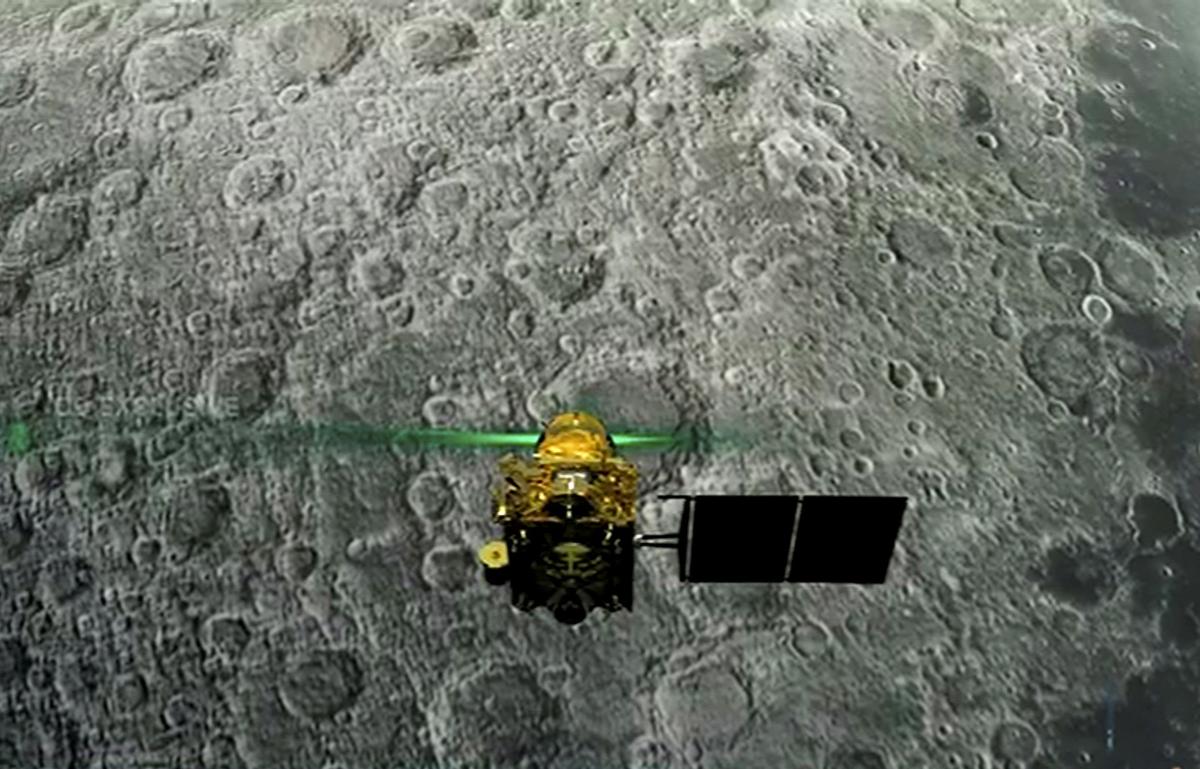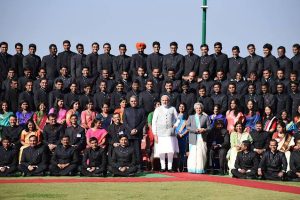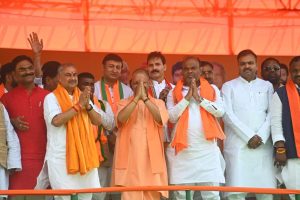In a disappointing turn of events back in September 2019, millions of Indians and countless individuals from around the globe witnessed Isro’s Chandrayaan-2 mission fall short of a successful moon landing. However, while the mission’s orbiter remains active and continues to transmit valuable data, Isro has not allowed setbacks to dampen their spirits. Instead, they have taken the lessons learned from Chandrayaan-2 to heart, implementing a series of improvements in their upcoming Chandrayaan-3 mission with the aim of ensuring triumph.
One of the notable enhancements introduced in Chandrayaan-3 revolves around the lander known as Vikram. Isro engineers have made significant changes to address the deficiencies encountered during the previous mission. These alterations include reinforcing the lander’s legs, making them more robust and capable of withstanding higher landing velocities. Isro chairman S Somanath explained that the landing velocity tolerance has been elevated from 2 meters per second to 3 meters per second. This improvement implies that even at 3 meters per second, the lander’s legs will remain intact, preventing any catastrophic crashes.
A scientist involved in Chandrayaan-2 elaborated on the significance of this modification, stating that a landing velocity of approximately 2 meters per second is considered ideal and safe. The fact that the tolerance has been extended to 3 meters per second provides reassurance that the lander will fulfill its mission even under less than ideal circumstances.
Another crucial change introduced in Vikram involves augmenting its fuel capacity to cope with unexpected disruptions. The additional fuel will offer a cushion of safety, providing the lander with the capability to return if required. Additionally, Isro has incorporated a new sensor called the laser Doppler velocity meter. This sensor will analyze the lunar terrain and provide valuable information on three velocity vectors, thereby augmenting the existing suite of instruments and ensuring redundancy in measurement.
Isro has also devoted attention to enhancing the software, aiming to increase its tolerance to various failures such as engine disruptions, thrust malfunctions, and sensor failures. Furthermore, they have made the decision to remove the central engine, which was added at the last moment during Chandrayaan-2. This modification became necessary due to an increase in the lander’s mass by nearly 200 kilograms. Consequently, the lander now requires a minimum of two engines for landing, eliminating the possibility of relying on a single engine.
To boost power generation capabilities, Isro has extended the solar panels and increased the panel area on Vikram. This upgrade ensures that the lander can generate power even if it lands in a different orientation, facing away from the Sun. Furthermore, Vikram is equipped with additional TTC (tracking, telemetry, and command) antennas, providing redundancy for communication purposes.
Isro’s chairman emphasized that a significant portion of their preparations has been dedicated to extensive testing. Over the past two years, Isro has conducted a multitude of tests, surpassing the number performed during the Chandrayaan-2 mission. These tests have included autonomous flights, helicopter flights, crane-mode landing simulations, drop tests, and the development of software simulation testbeds to evaluate potential failures and recovery options.











